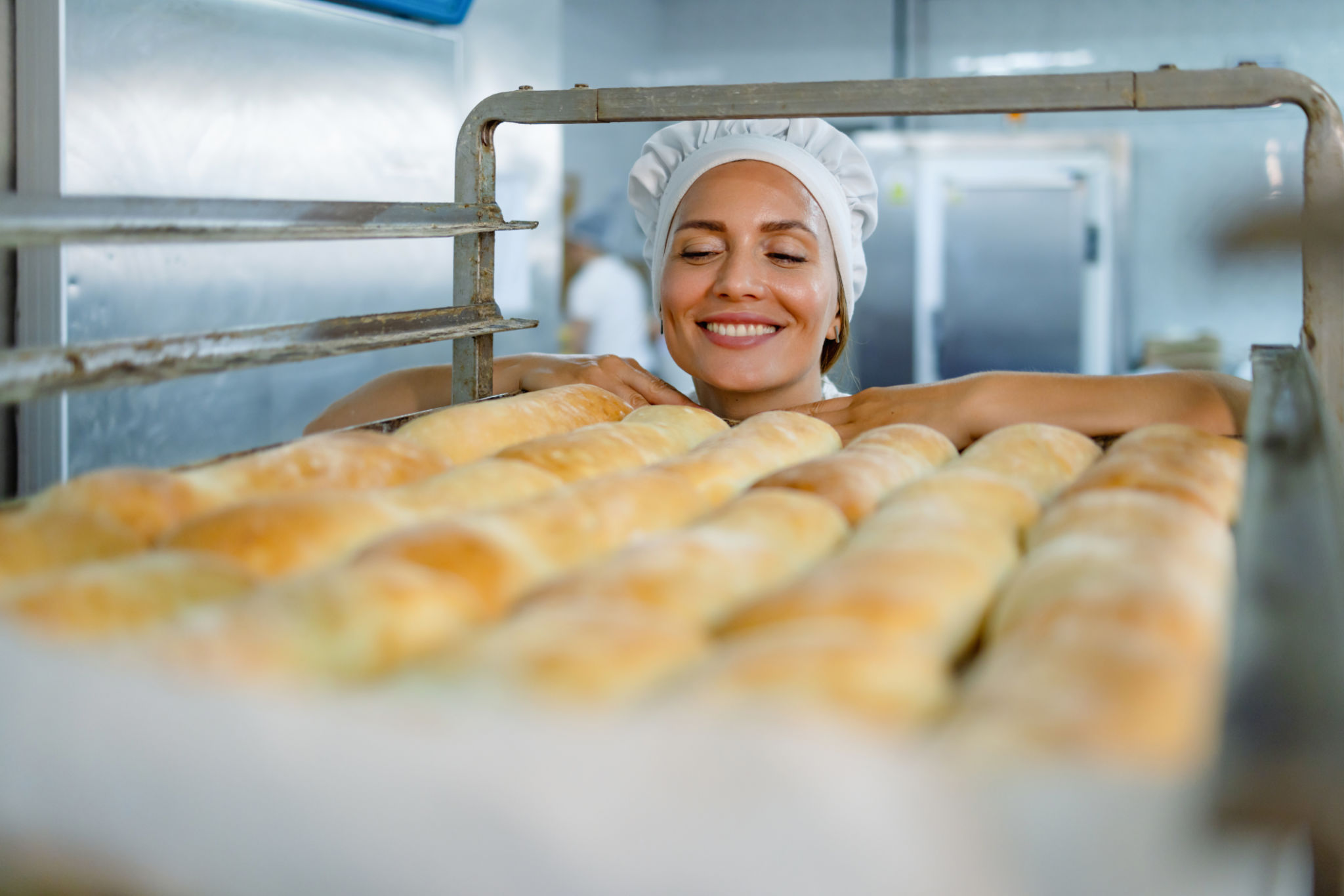The Art of Baking: How to Master Artisan Bread at Home
MA
Getting Started with Artisan Bread
Baking artisan bread at home is a rewarding experience that combines creativity, patience, and skill. Unlike commercially produced bread, artisan bread is crafted with care, using high-quality ingredients and traditional techniques. Whether you're a seasoned baker or a novice, mastering the art of baking artisan bread can elevate your baking game to new heights.
Before you begin, it's essential to understand the basic components of artisan bread: flour, water, yeast, and salt. Each ingredient plays a crucial role in the final product, so choosing the right type is key. Opt for high-protein bread flour for optimal gluten development, and use fresh yeast for the best rise.

The Importance of Fermentation
Fermentation is a vital step in making artisan bread. It is during this process that the dough develops its flavor and texture. Allowing the dough to ferment slowly over several hours or even overnight results in a complex, tangy taste that is characteristic of artisan loaves.
To achieve the best fermentation, control the temperature and humidity in your kitchen. A warm environment will speed up fermentation, while cooler conditions will slow it down, allowing more time for flavor development. Experiment with both to find the perfect balance for your bread.
Mastering Kneading Techniques
Kneading is another essential skill in artisan bread making. This process helps develop gluten, giving the bread its chewy texture. There are various methods to knead dough, but the most common involves stretching and folding the dough repeatedly until it becomes smooth and elastic.
Don't be afraid to get your hands dirty! Kneading by hand allows you to feel the dough’s consistency and adjust as needed. If you prefer, you can also use a stand mixer with a dough hook attachment for convenience.

Shaping and Scoring Your Loaf
Once your dough has fermented and been kneaded to perfection, it's time to shape it into a loaf. This step involves gently deflating the dough and forming it into your desired shape, whether it be a round boule or an elongated baguette.
Scoring is the final touch before baking. It involves making shallow cuts on the surface of the dough to allow it to expand properly in the oven. Scoring not only aids in achieving a beautiful crust but also adds an artistic flair to your bread.
The Baking Process
The oven's heat transforms your carefully prepared dough into a golden loaf of artisan bread. Preheat your oven with a baking stone or steel for even heat distribution. Adding steam during the initial baking phase helps create a crispy crust while keeping the interior moist.

Keep an eye on your bread as it bakes, ensuring it reaches an internal temperature of around 190°F (88°C) for a perfectly baked loaf. Allow it to cool on a wire rack before slicing to let the flavors fully develop.
Experimenting with Flavors and Techniques
Once you've mastered the basics of artisan bread, don't hesitate to experiment with different flavors and techniques. Incorporate ingredients like seeds, nuts, dried fruits, or herbs to add unique twists to traditional recipes.
Similarly, try out different fermentation methods such as using a sourdough starter for a more tangy flavor profile. The possibilities are endless when it comes to enhancing your artisan bread baking skills.
Enjoying Your Handmade Creation
The satisfaction of pulling a freshly baked loaf of artisan bread from your oven is unparalleled. Enjoy your creation warm with a pat of butter or alongside your favorite meal. Artisan bread pairs wonderfully with soups, cheeses, and charcuterie boards.
As you continue your baking journey, remember that practice makes perfect. Each loaf you bake will teach you something new, bringing you closer to mastering the art of artisan bread.